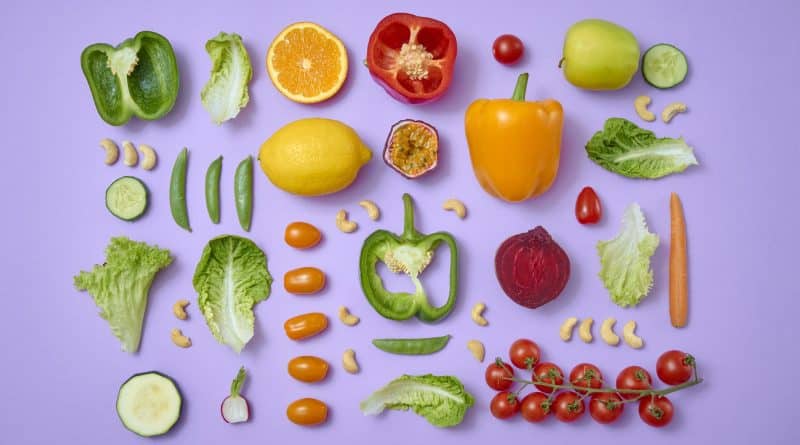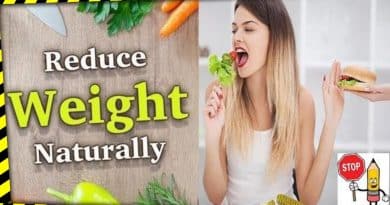Chaska Personal Trainer Shares His Top 10 Nutrition Tips For Weight Loss & Fitness
The results are in.
The National Weight Control Registry found that 89% of people who lost 30 or more pounds and kept it off for at least one year accomplished their goals through a combination of diet and exercise. In that study, only 10% succeeded using diet alone, and only 1% used to exercise alone.
That is a startling statistic and one that you just cannot ignore if you want to lose fat, build muscle, tone up, and look great.
OK, so now you think, “If I get on a ‘meal plan’ I will never eat another cookie again!” Not true. A good meal plan teaches you how to fit foods you like together for proper nutrition. It focuses on meal timing, portion control, and healthy snacking to boost your metabolism and burn fat fast!
When it comes to nutrition old rules are not necessarily true and there are a lot of myths around telling you how to eat. Here are my Top 10 Nutrition Tips for Weight Loss & Fitness to help you get started:
1. ALWAYS eat breakfast. Breakfast means, “break the fast.” The time spent sleeping is the longest time you go without eating. When you wake up whether you are hungry or not, your body is. It’s vitally important that you refuel your energy system and provide the necessary building blocks for supporting muscle tissue. Because I tend to work out in the morning, I start my day with a protein shake mixed with milk.
2. Eat every 3-4 hours. Eating frequent meals will help keep your metabolism up and you’re blood sugar in check. It will help you avoid those energy highs and lows you experience throughout the day. Make sure that these are healthy meals containing balanced amounts of protein, carbohydrates, and fat.
3. Eat within 30 – 45 minutes following your workout. During this time, the body starts repairing exercise damage by replenishing muscle glycogen (sugar stored as energy in the muscle), synthesizing muscle protein (building muscle), and boosting the immune system. For my post-workout meal, I prefer a meal replacement shake with a carbohydrate-to-protein ratio of 3:1 or 4:1. This ratio has been shown to maximize absorption and effectiveness.
4. Eat a lean protein with EVERY meal. Eating a lean protein will help control insulin response, keep you stay satiated, and provide building blocks for muscle repair and growth. Remember, more muscle = faster metabolism. One pound of muscle burns 40 – 60 calories per day. So, be sure to eat your protein in every meal.
5. Get your fruits and veggies in! I know you’ve heard it a million times, and for good reason. Fruits and vegetables provide you with necessary vitamins and antioxidants as well as other super-nutrients that are vital to daily function and health. And, when they’re fresh they taste so good!
6. Drink plenty of water. On average, an individual should consume 96 ounces, not including pre, during, and post-workout amounts (approx. 8 – 16 ounces each). Staying hydrated will keep your energy level high and help you lose weight – a dehydrated person has a 3% lower metabolism and performs at a significantly decreased level. It also helps you feel full so you will avoid overeating. Try drinking a glass of water before every meal (helps prevent overeating), and sip from a water bottle throughout the day.
7. Watch out for cafe drinks. The average Venti-sized Frappuccino weighs in at 530 calories. This staggering number equals 2.5 bagels or one-third of the recommended daily calories for an average woman. Watch out for soft drinks as well. A 16 oz fountain drink can have 300+ calories. Beverages such as this containing high amounts of sugar should be consumed rarely since the extra calories they contain are readily stored as fat.
8. Limit alcohol as much as possible. Calories add up real quick with alcoholic drinks, especially mixed drinks – that monster Margarita has over 1000 calories! Alcohol also negatively impacts your metabolism and when drunk in excess will make your workouts the next day (or two) suffer. One night of boozing up can wreak havoc on your entire weight loss and fitness program.
9. Don’t be fooled by “Fat-Free.” Fat-free foods, when eaten in excess, will still be stored as fat! Fat-free cookies and crackers are made up of a whole lot of SUGAR! Yep, the secret is out! Sugar is just as fattening of a substance as fat itself when eaten in excess.
10. Don’t forget the fiber! Eating fiber has many benefits for your health. The consumption of soluble fiber has been shown to protect you from developing heart disease by reducing your cholesterol levels. The consumption of insoluble fiber reduces your risk of developing constipation, colitis, colon cancer, and hemorrhoids. The ADA recommends a minimum of 20-35 g/day.
11. Bonus Tip: Take a high-quality Multivitamin an EFA supplement. A multivitamin provides key vitamins and minerals that are tough to obtain unless your diet is near picture-perfect. I don’t know about you, but I like to cover my bases when it comes to my health.
Be sure to choose a multivitamin supplement that is made from whole foods rather than synthetic materials, in addition to being made specifically for your gender. An essential fatty acid (EFA) supplement is critical to providing key omega 3’s to maximize overall health, performance, and body composition. Studies show that krill oil provides the most effective dosing of EFAs.
Well, there you have them; my Top 10 Nutrition Tips for Fat Loss and Fitness. Take them one at a time if you must. I promise if you can master these you’re fat loss and fitness goals will become a reality.
Have Faith & Take Action!
Justin Yule


